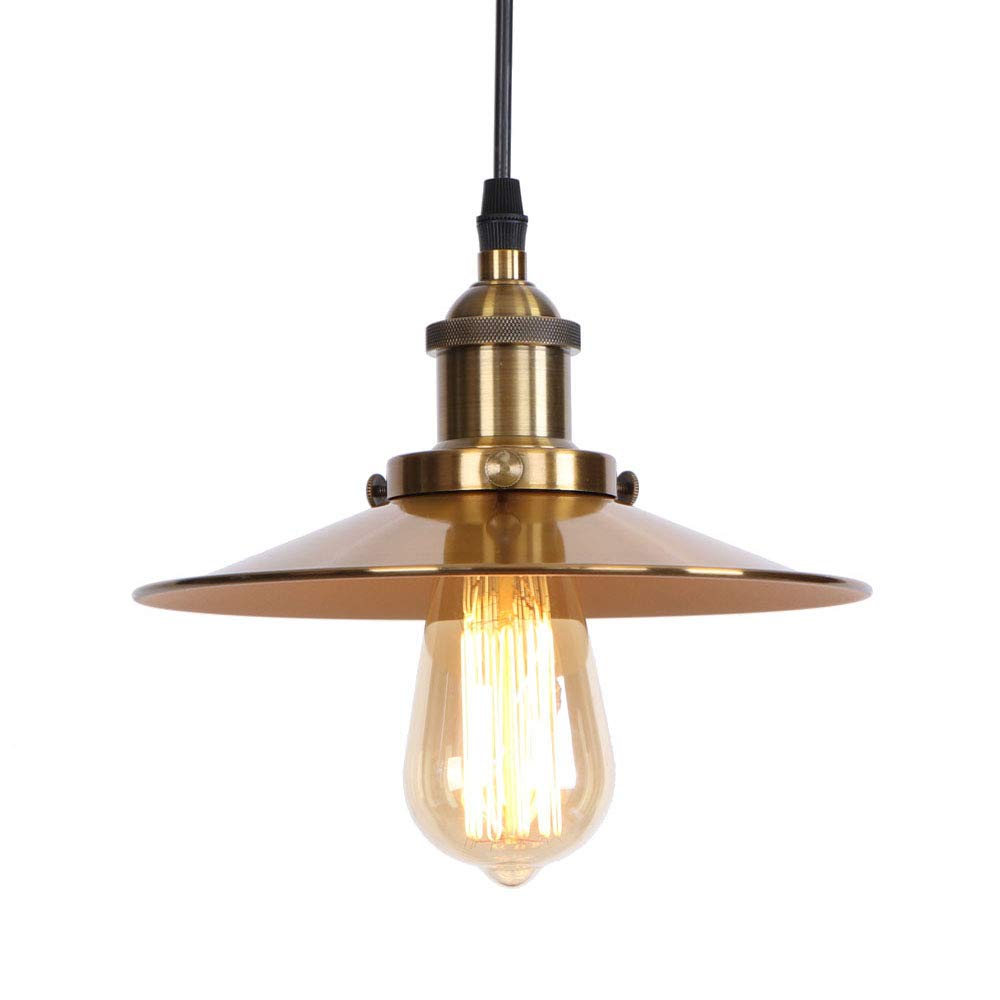
Regarding the germicidal lamp, there is no doubt that it has excellent functions in algae removal. Although not all bacteria are effective in sterilization, it is by no means useless. As for the removal of insects, the effect may not be too ideal. Of course, it may not be completely ineffective, but its effect is not true. All in all, germicidal lamps should have a more positive contribution in dealing with algae overgrowth.
There are several problems with germicidal lamps that you must pay attention to:
- Sterilization lamp will not harm nitrifying bacteria
It sounds weird. Both germicidal lamps can kill bacteria (at least most of them) in the water, but not nitrifying bacteria, yes! This is the fact that germicidal lamps can kill bacteria floating in the water. However, because of the flagella, nitrifying bacteria that make a significant contribution to the filtration of water will attach to the filter material (biochemical ball, biochemical cotton, ceramic beads), of course. ! A very small amount of nitrifying bacteria has not yet implanted and will float in the water, but that very small part is not enough to shake your huge filtration system. In addition, some experts have studied that nitrifying bacteria that have not been attached to the filter material have no purification function for water quality. That is to say! Those killed nitrifying bacteria are not bad.
- A very small water flow is required for the germicidal lamp to work well
If you use a germicidal lamp, you must match a low-efficiency motor to drive the water into the germicidal lamp tube. The slower the better, so as to ensure that every drop of water will be irradiated by the germicidal lamp for a long time, so it is superior. Effect.
3) The germicidal lamp does not need to be used for a long time
The germicidal lamp has a short service life, and the efficiency is generally not as good as before half a year. Use a timer and use it for a few hours a day. Its function is enough, and saving money is also important! In addition, it is best to turn on the germicidal lamp when the lamp is turned off. The effect should be better. When the lamp is turned on, it is when the algae are most active.
- Don’t administer medicine
No one can guarantee whether the germicidal lamp will have a chemical effect with the medicine under you. When there is a medicine, do not turn on the germicidal lamp is the correct way to ensure safety.
- Nitric acid conversion to nitrous acid
Yes, using a germicidal lamp will convert nitric acid with low toxicity into highly toxic nitrous acid. Therefore, the inlet and outlet of the germicidal lamp must be different. The inlet is after the filter material, and the outlet is before the filter material. The nitric acid produced by the nitric acid after passing through the germicidal lamp can be immediately converted back to nitric acid through the filter material. This process sounds terrifying, but in a sound nitrification system, this is easy, that is, for the new tank, please temporarily Do not use germicidal lamps to ensure safety. Please note that fish friends who do not change water for a long time! There may be too much nitric acid in your aquarium. If you use a germicidal lamp at this time, it may indeed cause a heavy burden on the filtration system. It is worth noting.
- Effect of germicidal lamp
As mentioned before! Whether the function of the germicidal lamp is effective for bacteria, the key is the wavelength of the germicidal lamp, which is the most effective sterilization band. The strongest point of the wavelength in the band is 253.7nm. The question is, is the correct wavelength of the germicidal lamp you bought, God knows! I can only tell you that such a wavelength is absolutely harmful to the human body. The outer shell of the germicidal lamp requires special technology, so it can be asserted that the cheap germicidal lamp can only remove algae. As for sterilization, it is not optimistic. In other words, there is no special housing to resist harmful wavelengths, and its sterilization function is questionable. In other words, there is no sterilization lamp housing that can resist the correct wavelength. Based on safety, the lamp inside cannot have a wavelength of 253.7mm. of.










